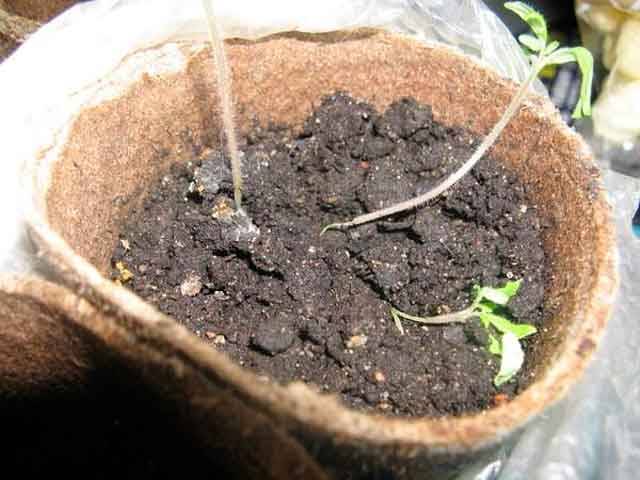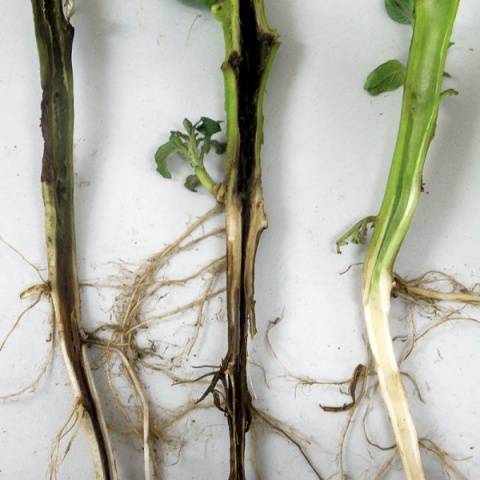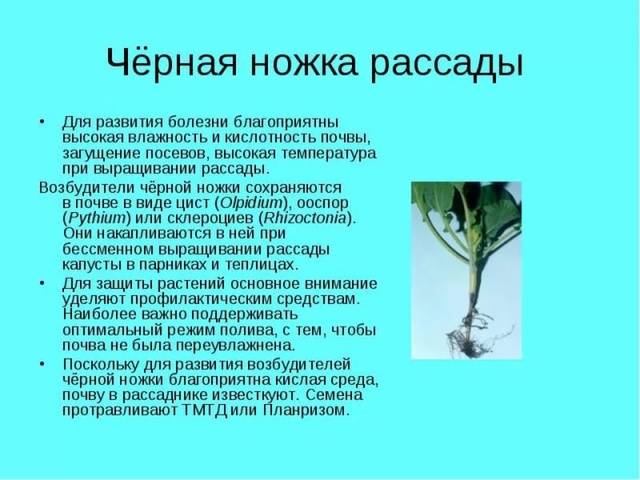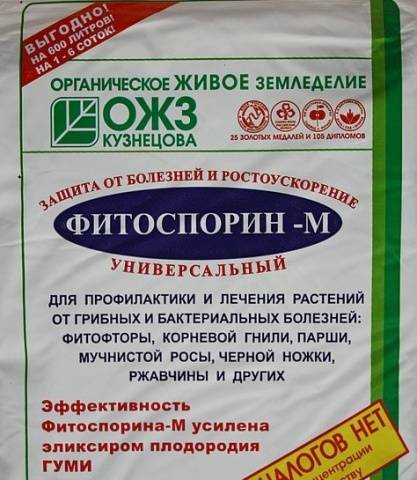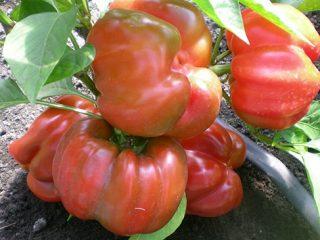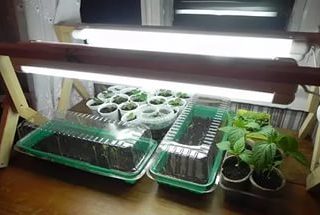Content
Spring is the busiest time for gardeners. You need to grow healthy seedlings to get a rich harvest. Pepper lovers, having sowed seeds for seedlings, expect friendly shoots.
But it often happens that hopes are not justified: for no apparent reason, young pepper seedlings begin to behave strangely: they become weak, the leaves change color. After some time, the seedlings die. If it is possible to save pepper seedlings, they develop with a large lag, and the harvest is minimal.
The reason most often is that the seedlings of newly emerged peppers are affected by the black leg. The disease affects not only weak pepper plants; many vegetable, flower, and berry crops suffer from it. The disease does not spare adult garden trees and shrubs.
What kind of disease is “black leg”
Blackleg is a bacterial, fungal disease. Most often it affects newly born plants. Characteristic features first appear on the leaves of the pepper, but the reason lies in problems with the root system.
Microspores of the disease live in the soil and are able to survive severe frosts. Bacteria can be found in any soil, without them it loses fertility. But at some point they begin to process not only dead remains, but also living structure. The disease is not capable of affecting healthy plants; it takes over those that have weakened for some reason.
The blackleg infection passes through the root to the stem, the bacteria begin to draw nutritional juices from the plant, wedging themselves into the cell membrane. These microorganisms are not only tenacious, they also have the ability to multiply exponentially at a temperature of + 5 degrees. A humid environment, high temperatures (above +25 degrees) are excellent conditions for blackleg.
How to identify blackleg in seedlings
Since the causative agent of blackleg lives in the soil, the disease cannot always be immediately recognized. Moreover, not all plants get sick at the same time, since blackleg is a focal disease.
Over time, dark spots appear on the stem, it becomes thinner and becomes soft. Most often, the disease begins with weak seedlings.
How to deal with the disease
For the fight to be effective, it must be taken into account that the blackleg loves acidic soil. Acidity can be reduced by:
- lime;
- dolomite flour;
- stove ash;
- chalk.
Under no circumstances should you use the soil on which peppers, tomatoes, and blueberries were planted the previous year.The soil where the following was grown would be more suitable:
- seeded herbs;
- garden greens;
- parsley, celery;
- beans, peas, mustard greens.
Before sowing seeds, the ground is calcined or spilled with a strong dark pink solution of potassium permanganate. It is poured into boiling water.
Watch the video in which an experienced gardener talks about methods of combating a serious pepper disease:
First actions
As soon as signs of the disease appear, even on one plant, the fight must be started immediately.
- First of all, disinfect the soil on healthy plants. It is spilled with a pink solution of potassium permanganate, stopping watering for a while.
- Diseased peppers are dusted with ash or crushed charcoal. After this, formaldehyde is diluted and the soil is watered.
Defeat focal development pepper diseases Removing plants and soil helps. It can be used only after thorough disinfection.
Preventive measures
The disease, whatever it is, can be prevented. This also applies to blackleg. Preventive measures taken in a timely manner do not allow bacteria and fungi to develop.
What do we have to do:
- Use only sterile containers for sowing seeds and picking grown peppers. The dishes are washed with soapy water and disinfected with a solution of deep pink potassium permanganate.
- Before planting pepper seeds, the ground is specially prepared by spilling with disinfectant solutions.
- It is undesirable to add immature compost if there is no special soil. This is where the blackleg spores settle.
- It is necessary to reduce the acidity of the soil by adding wood ash.
Pre-planting treatment of pepper seeds against blackleg is a mandatory procedure. Prepare a pale pink solution of potassium permanganate, place the seeds in it for at least 3 hours. After drying it slightly, you can start sowing.
Creating a microclimate – the possibility of plant disease
- Water the seedlings as the soil dries. When working with tiny seedlings, it is advisable to use a pipette so that water does not get on the stem and leaves.
- When the first shoots appear, if the pots with seeds were covered with film, remove it immediately. Otherwise, droplets of dew will accumulate around the stems, and this is harmful. In addition, the pepper seedlings will not have enough air.
- For pots with seedlings, choose a bright window with a warm window sill. Any cooling of the soil is fraught with the development of blackleg spores, as a favorable environment is created.
In thickened crops, blackleg can develop rapidly. It is enough for one pepper to get sick, and the spores will begin to infect neighboring plants. Seedlings should not be watered with nitrogen fertilizers; this causes them to turn pale and stretch out. Her immune system is weakened. Temperature changes are unacceptable.
Conclusion
It is not always possible to get rid of the disease overnight. If measures were not taken on time, more serious drugs will have to be used. You can use:
- Batholith;
- Fitosporin;
- Phytolavin.
There is a good folk remedy: pour an infusion made from onion peels and vodka into the soil. For one part of vodka, take 10 parts of infusion. Spraying twice a day with a weekly interval is sufficient.
